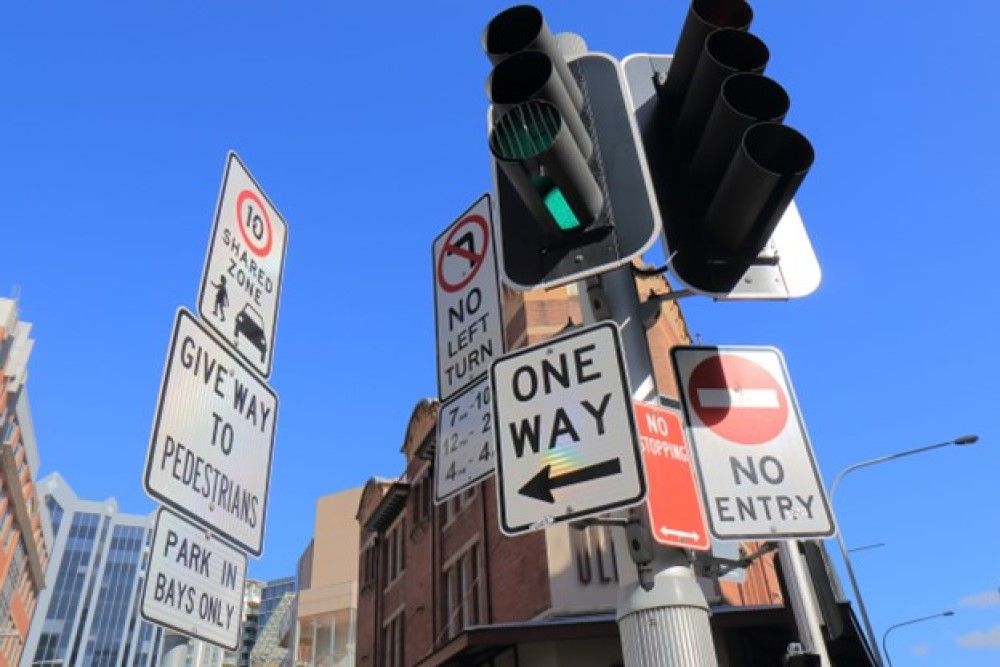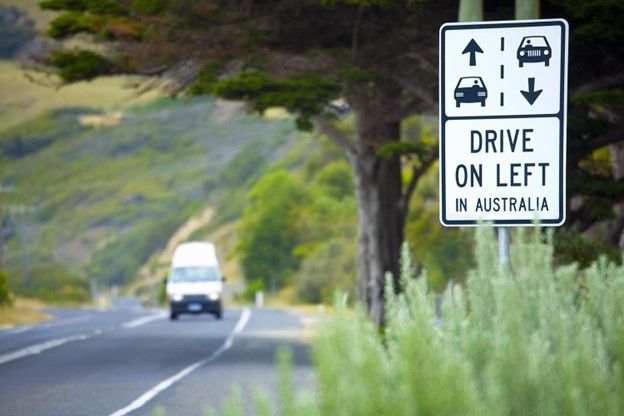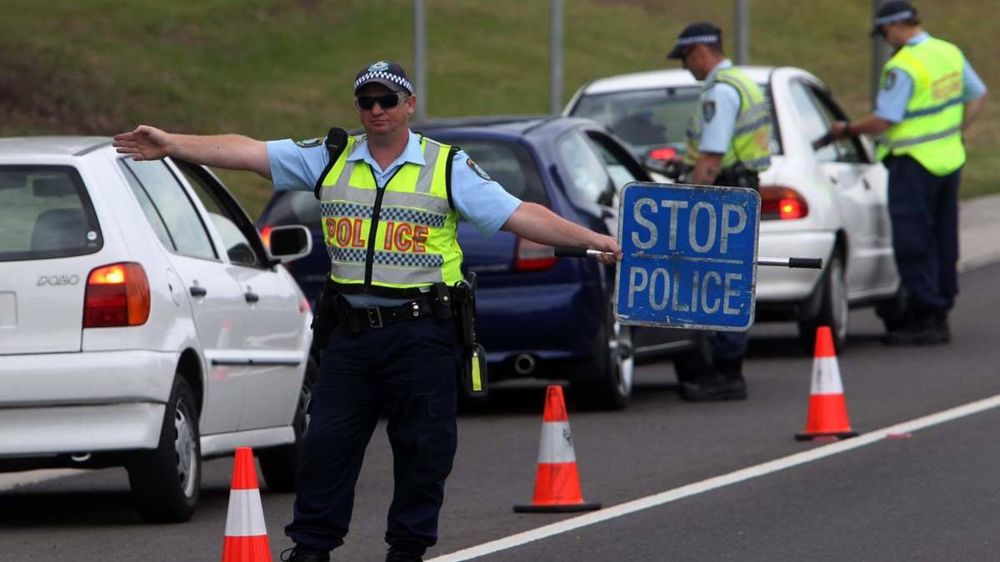
Australian Licence Laws: How to Obtain a Licence Your State
Australian Licence Laws: How to Obtain a Licence Your State
Obtaining an Australian licence is a complex yet essential task for new drivers. Given the decentralised enforcement of road rules and licensing in Australia, each state and territory has its unique set of regulations when it comes to getting your learner or provisional (P-plates) driver's licence, reflecting diverse approaches to driver safety and education. This article aims to provide a comprehensive overview of these regulations, emphasising the importance for learner and provisional drivers to be well-versed in the rules specific to their region.
Common Laws Across Australia
Despite the variations across states and territories, there are several foundational rules that all regions in Australia share concerning learner and P-plate drivers. Firstly, a strict zero-tolerance policy for alcohol and drugs is enforced for learner licence, P1 licence and P2 licence holders nationwide. This rule mandates that these drivers must not have any trace of alcohol or drugs in their system while driving.

Secondly, all P-plate drivers are prohibited from using mobile phones or mobile devices when operating a vehicle, including hands-free devices in some states, highlighting a strong commitment to minimising distractions for new drivers. In addition to these rules, there is a universal requirement for P-plates to be displayed prominently on the vehicle, and for all occupants to wear seat belts at all times.
These common rules form the basis of learner and provisional driving regulations across Australia, ensuring a consistent standard of safety and responsibility.
State and Territory Specific Laws
Beyond these shared regulations, the learner and P-plate rules diverge significantly between different regions, reflecting the tailored approaches of each state and territory. One notable area of variation is the requirement for minimum driving hours for learners. Several states mandate that learner drivers log a specific number of supervised driving hours, often including a requirement for night driving. This approach is designed to ensure that learners gain substantial real-world driving experience under varying conditions.
Another key difference is the implementation of a hazard perception test in some regions. Passing this test, which assesses the ability to recognise and respond to potential road hazards, is often a mandatory step before a learner driver can progress to a P1 licence.
The duration a driver must remain on a provisional licence before progressing to their full licence, as well as restrictions on the number and type of passengers allowed, also vary between states and territories. These rules are typically more stringent for younger drivers and are intended to reduce distractions and risk while gaining experience. Additionally, some jurisdictions impose restrictions on driving high-performance vehicles or towing trailers for learner and P-plate drivers, further emphasising the focus on safety during the initial stages of driving.
Navigating Inter-state Differences
The complexity of these regulations increases for learner drivers or provisional drivers who intend to drive outside their home state or territory. Specific requirements that are legal in one's home state might not be permissible elsewhere. For example, activities such as towing a trailer or driving a high-performance car may have different restrictions in other regions. Therefore, it is crucial for drivers to seek current information from the road authority in the state or territory they plan to travel to in order to ensure compliance and avoiding potential penalties.

Keeping Up-to-Date with Regulations
Given that L- and P-plate laws are subject to change, it is vital for drivers to regularly consult their local licensing authority for the most up-to-date information. Staying informed about the latest regulations helps drivers remain compliant and avoid penalties associated with unintentional rule violations.
Learn the Licence Requirements and Restrictions for Your State with OnlyCars.com.au
Understanding and adhering to the specific learner and P-plate rules applicable in one's state or territory is crucial for new drivers in Australia. Although varied, these regulations share a common goal of ensuring that inexperienced drivers become safe and competent road users. As drivers navigate through their learner and provisional stages, staying informed and following these rules is key to a successful and safe journey towards obtaining a full Australian licence.
For information on the requirements and restrictions for learner licence, P1 licence and P2 licence holders in your state, check out our state-specific articles by clicking the links below:
Learner and P-Plate Rules Tasmania
Learner and P-Plate Rules Victoria
Once you've found the right car, the next step is sorting out car finance that actually works for your budget. Credit One is Australia's best-reviewed finance broker, with 3,000+ five-star Google reviews from customers who've been through the process. Check out Credit One reviews to see what people say, or head straight to the loan repayment calculator to see what the numbers look like.